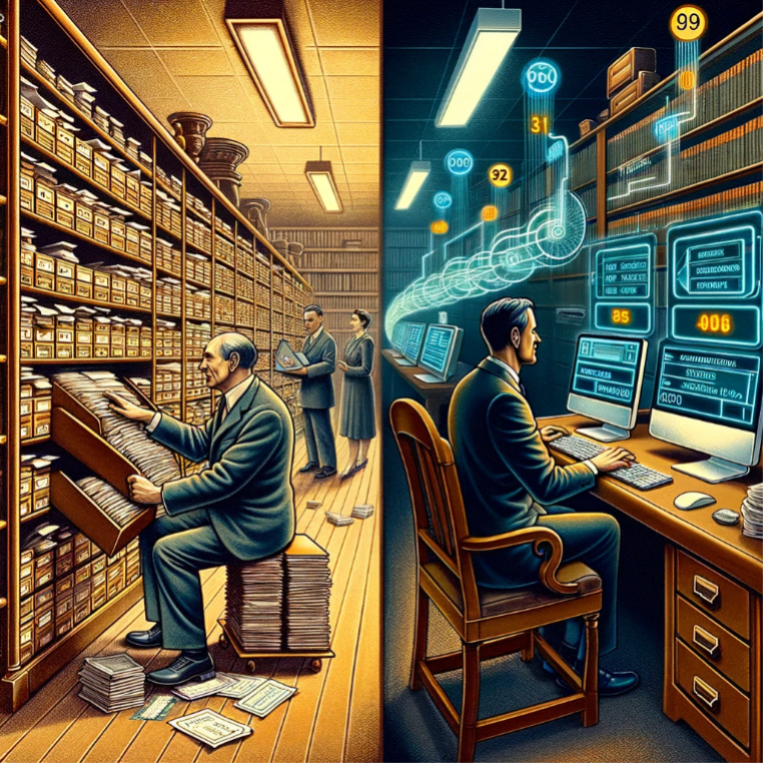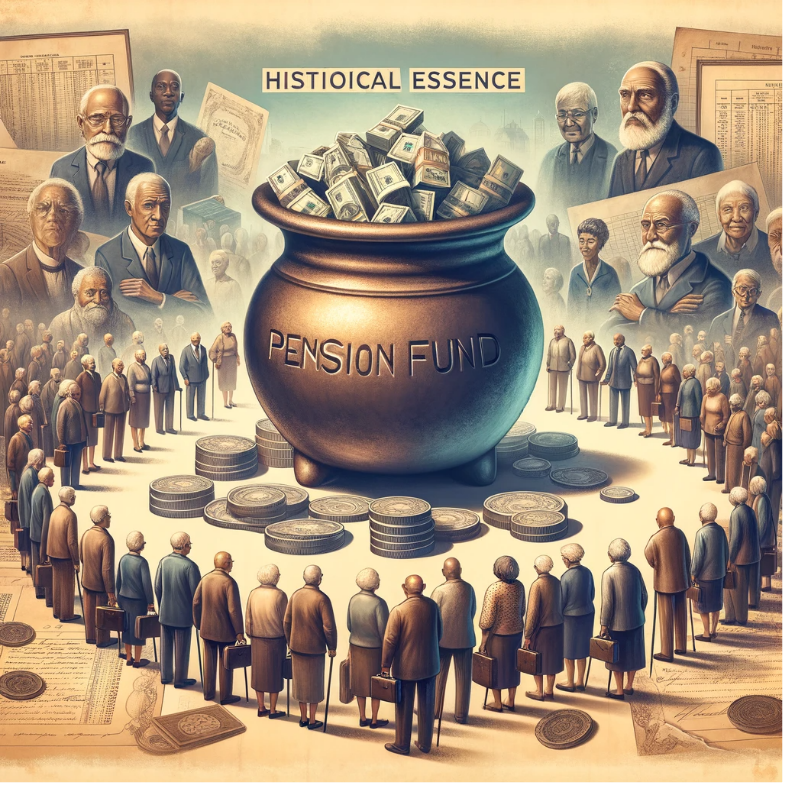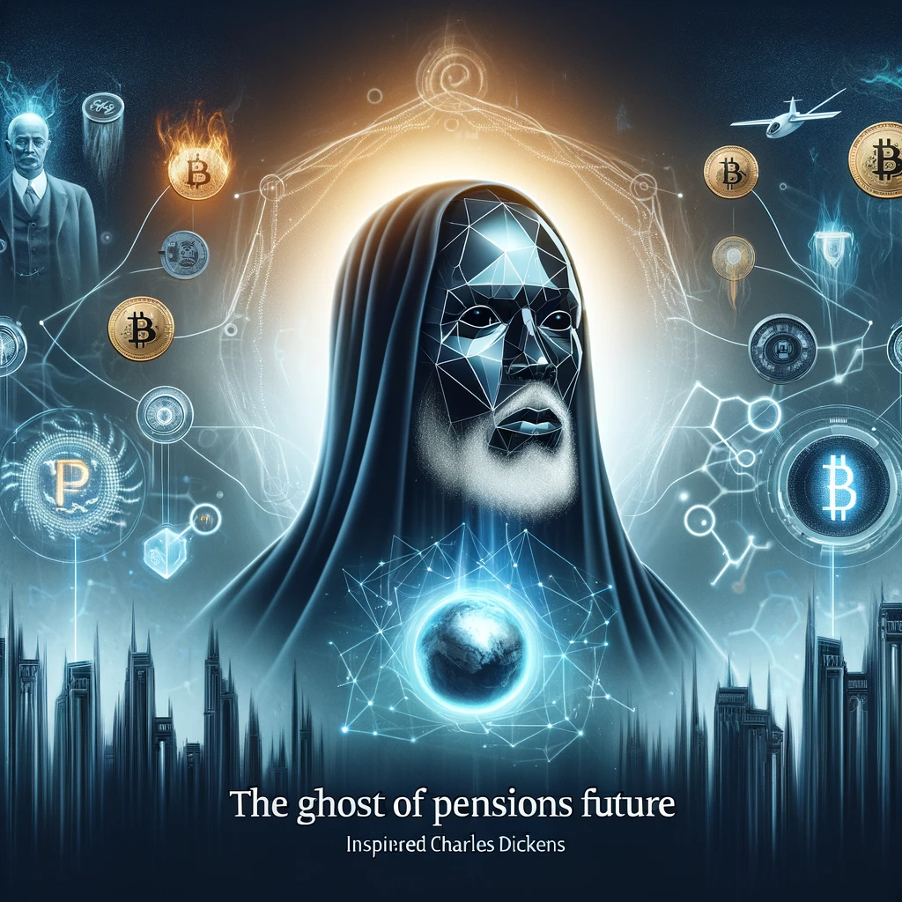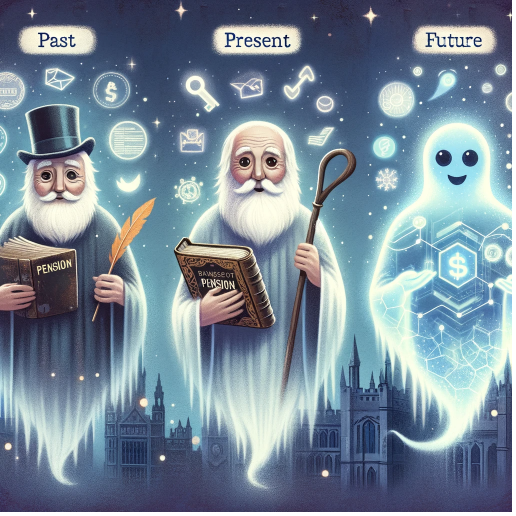
‘The Future of Pensions’ – a Dickens-inspired journey
RISE EasyRetire CEO Deresh Lawangee takes us on a fun, Dickensian trip down pension fund memory lane…
As we approach the festive season, a time for reflection and foresight, it’s fitting to take a leaf from Charles Dickens’ classic novel, A Christmas Carol, to explore the evolving landscape of pension funds. This narrative, which reflects the visitations of the Ghosts of Christmas Past, Present, and Future, offers a unique lens to examine the pension industry’s journey and its trajectory into the future.
The Ghost of Pensions Past: Genesis and Evolution
In the 60s and 70s, pension funds operated much like libraries. Each member had a “library card”, recording their contribution history by hand. This manual process, while rudimentary, laid the groundwork for future advancements. Actuaries played a pivotal role, aggregating these records annually to calculate the fund’s total liabilities and ensure the sufficiency of assets. This era saw the gradual transition from physical cards to digital records, maintaining the fundamental principle of member record management.


The period also witnessed the evolution of asset management practices, with major players influencing the one-to-many relationship in pension funds. The concept of unitisation emerged, where assets were either unitised using life policies or collective investment schemes.
These practices paved the way for more sophisticated methods, balancing the increase or decrease in retirement benefits through the creation or destruction of units, or net asset value adjustments, and aligning investment strategies with member risk profiles.
The Ghost of Pensions Present: Digitisation and Fractionalisation
Today, the pension industry is characterised by its digitisation. Daily electronic transfers of investment information, electronic submission and reconciliation of contribution schedules, and automated claim processing represent a new era of efficiency and accuracy. Investment strategies have evolved too, with increased emphasis on passive or rule-based investing, especially in developed markets approaching the strong form of the efficient market hypothesis.


A significant development in this era is the fractionalisation of shares. This innovation democratizes access to stock exchanges, allowing ordinary people to invest in shares without minimums and at affordable fees. EasyEquities, attracting over two million investors, exemplifies this trend. Members can now be invested in fractionalised, segregated portfolios that mirror the retirement fund’s investment model on a discretionary basis.
The role of artificial intelligence (AI) is also noteworthy. RISE, for instance, uses AI to answer member queries, update retirement fund values, and keep members informed about the status of their retirement claims. AI’s application extends to summarising large investment data sets, providing market analysis, and automating investment and administrative reports.
The Ghost of Pensions Future: Technology, Tokenisation, and Blockchain
Looking ahead, the role of professionals like actuaries and investment managers is poised to evolve further, augmented by AI tools. The ‘super advisor’, empowered by AI, will become a necessity in guiding members through complex financial landscapes.


The pension fund system itself will undergo transformative changes. As we move towards a gig economy and remote work, pension systems must adapt to cover longevity and diverse needs, from housing and medical requirements to short-term capital and education funding.
A groundbreaking evolution in this domain will be the transition from fractionalisation to tokenisation of assets, implemented on a public blockchain ledger. Blockchain technology, with its transparency, security, and efficiency, promises to revolutionise pension funds. From enhancing trust through immutable records to automating administrative processes via smart contracts, blockchain stands to redefine pension fund management.
Embracing a new era in pension funds
As we draw close to Christmas, it’s evident that the pension industry, much like Scrooge in Dickens’ tale, has experienced a profound transformation. From manual, card-based systems to the potential implementation of blockchain technology, the journey reflects not only technological advancement but also a deeper commitment to serving the evolving needs of retirement fund members.
As we look to the future, it’s clear that pension funds will continue to play a crucial role in ensuring financial security for retirees. The challenge and opportunity lie in embracing these technological advancements, ensuring that pension funds remain robust, reliable, and relevant in a rapidly changing world.






